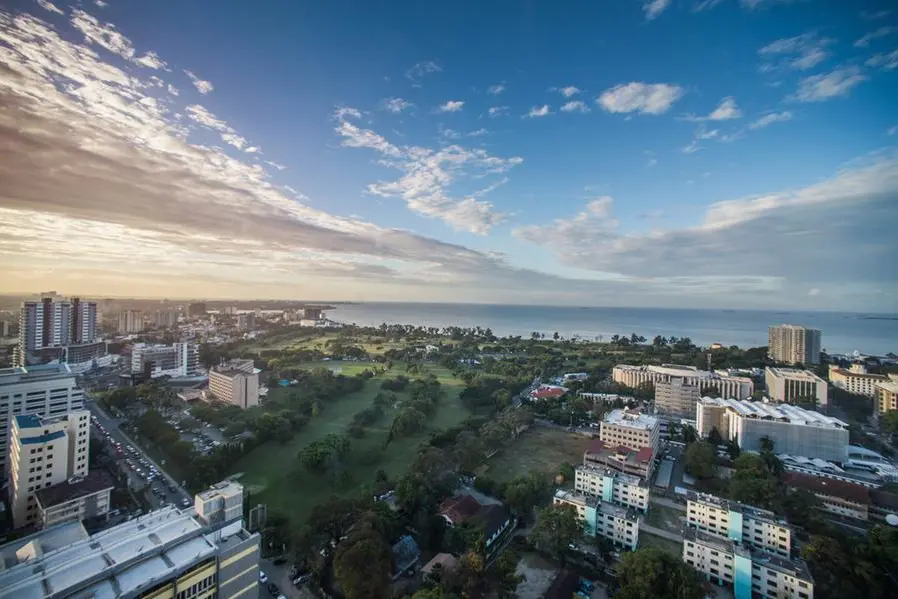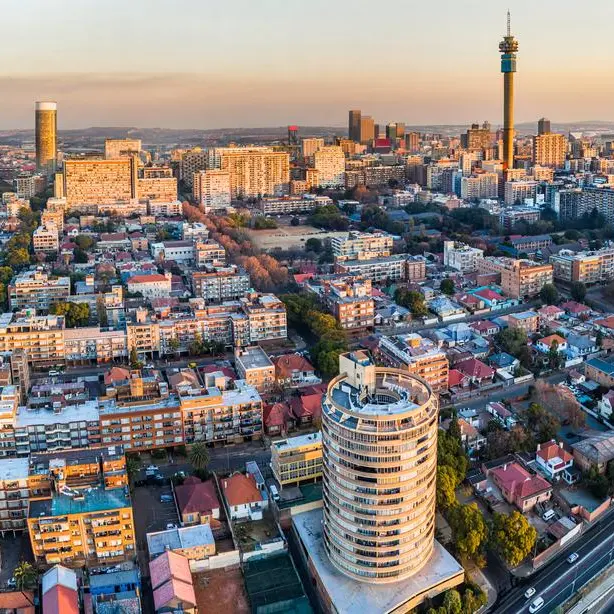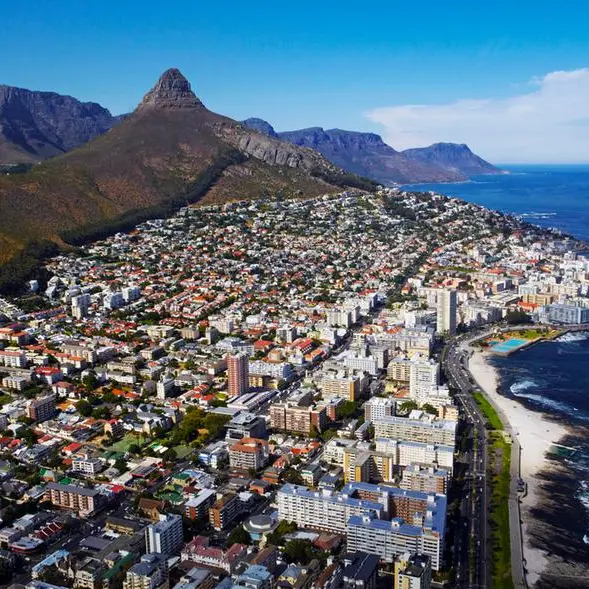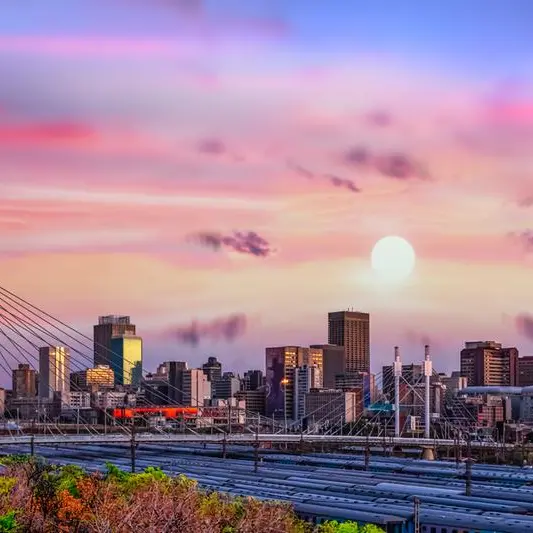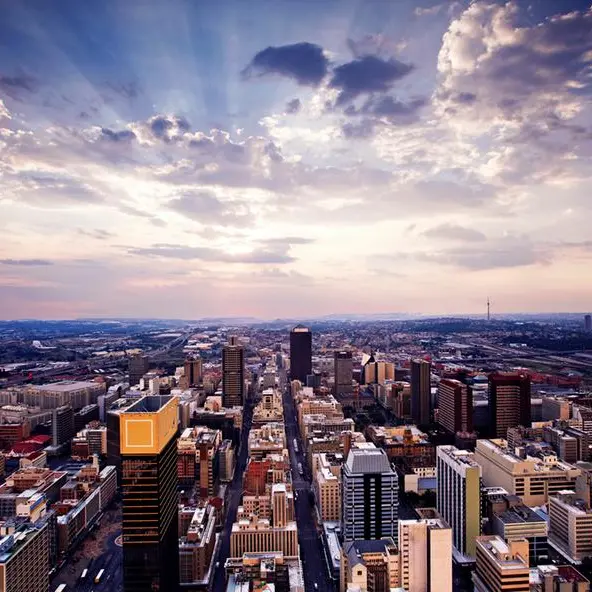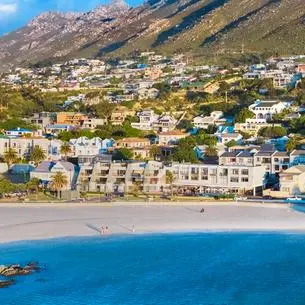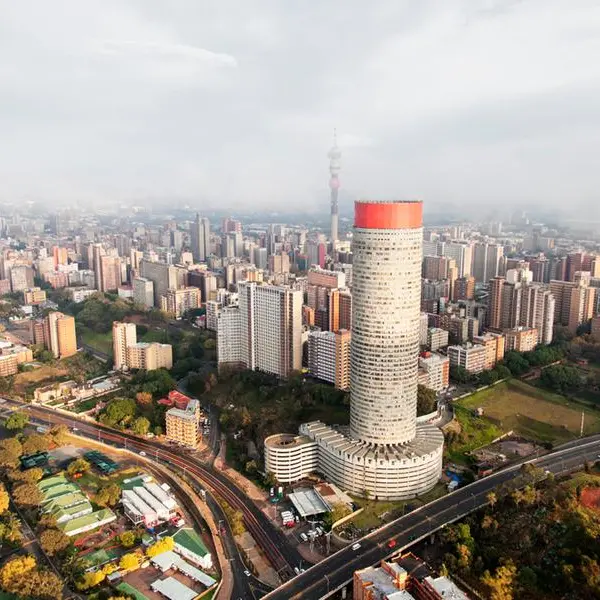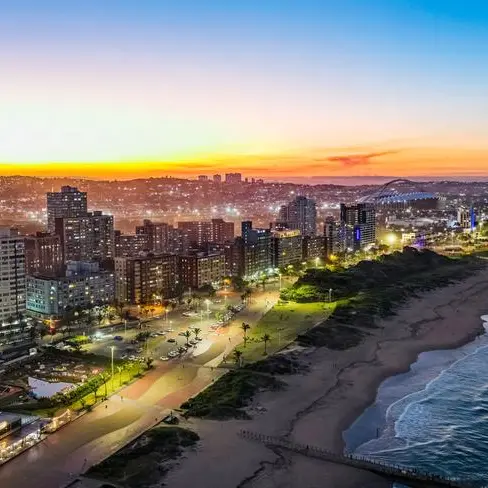PHOTO
The US is roping Tanzania into the mooted Lobito Corridor project to tap the Kabanga nickel deposit, but with a wider focus on rivalry with China in areas where development will take place.
The details emerged this week as Washington spoke of the importance of Tanzania in helping to link the corridor from the Atlantic to the Indian Ocean, making it easier for investments in natural resources lying in Angola, the Democratic Republic of Congo, Zambia and Tanzania.
In Tanzania, however, Washington wants to tap into the country's minerals, particularly its nickel mines. Located in north-western Tanzania, some 120km south-west of Lake Victoria and near the border with Burundi, the Kabanga deposit is considered to be one of the largest and richest undeveloped nickel sulphide deposits known at present, of unrivalled scale and grade.
These deposits have been explored and delineated by mining companies, but remain undeveloped due to their distance to the Indian Ocean coast and a lack of transport and energy infrastructure.
Nickel, a silvery metal that resists corrosion even at high temperatures, is used to coat other metals to protect them. But it is most commonly used to make alloys such as stainless steel.
The Lobito Corridor links the mining areas of Angola, Zambia and the DR Congo.
The extension of the Lobito Corridor into the DRC and the integration of Tanzania into the route's investment is part of the progress towards the vision of a Trans-Africa Corridor from the Atlantic to the Indian Ocean.
PGI initiative“Part of why we think this project is so special and why it’s such an important investment in Tanzania’s economic diversification and our commitment to help deliver these private sector investments is that it’s more than helping support bringing online an important nickel project,” said Helaina Matza, acting US Special Coordinator for the Partnership for Global Infrastructure and Investment, in a virtual interview with The EastAfrican during her visit to Dar es Salaam and the DRC on August 21 to 28.“Although, unto itself, that would be an excellent contribution; but it’s working on the connection between Kabanga and Kahama, and working how to develop a special economic zone that not only creates opportunities for processing here in country – the nickel products coming out – but hopefully more feedstock from other parts of the country and the region, while investing at the same time in training of local Tanzanians to participate in every part of the value chain of that industry.”The Lobito Corridor is the first strategic global infrastructure and investment economic corridor launched by US President Joe Biden at the G7 Summit in Japan in May 2023. It is part of the G7's flagship initiative, the G7 Partnership for Global Infrastructure and Investment (PGI).
The project comprises 550 kilometres of railway in Zambia from the Jimbe border to Chingola on the Zambian copperbelt, and 260km of main feeder roads within the corridor. These are the first two phases of the project.
The new infrastructure development plan, conceived by a consortium of investors led by the PGI initiative, is rapidly emerging as a rival to China’s Belt and Road Initiative (BRI) in the region. But Washington’s funding model is different, relying on the consortium and various financiers rather than a government guarantee or a single contractor anointed by the financier.
Funding modelsIn addition to connecting Tanzania to the Lobito corridor, the mines have also inspired the extension of the Central Corridor route from the existing railhead at Isaka in Tanzania to Kigali in Rwanda and Gitega in Burundi.
China is also investing in key infrastructure in these mining areas, and is even renovating the old Tazara railway which it built in the 1970s.“But now we’re ready for phase three, and that includes deepening our engagement in DRC, expanding those economic benefits to Tanzania, and then thinking about, beyond the rail, what sectors, can offer the best opportunities for our support as they reflect the development growth needs and desires of the countries we’re working in,” said Ms Matza.“So this development of 800 kilometres of greenfield rail is the most ambitious commercially led infrastructure on the continent that the US has supported. For DRC and Tanzania, and the broader region, we hope this means more opportunity and sustained economic growth across all these sectors.”The US has made new financing commitments totalling $360 million for the construction of the Lobito Corridor, although there is no specific funding model for the project.“There’s not one funding model for the Lobito Corridor project. And that’s because the corridor is composed of many different projects layered on top of each other – some identified and negotiated with our partners in the G7 with our host countries, others directly by us, and then several in partnership,” said Ms Matza.“What we’re doing with our investment in the backbone rail and these first initial projects is trying to catalyse what we hope will be continued in increasingly more private investment across all these sectors.”She added: “Otherwise, every project will look a bit different. Some will require USAid grant support. Some will require just political risk insurance. And it’s our job as a partnership to identify the right tools for the right project.”Lobito shipmentsShe said the US, along with its partners from the European Union, the Italian government, the African Development Bank and the project developer, the Africa Finance Corporation, had developed a new way of financing the railway.“And what we really thought the best place to begin was where we had an opportunity to support a refurbishment of an existing rail line, and that included DFC’s initial $250 million commitment to finance a Western consortium in refurbishing and operating the Benguela rail line across Angola and to upgrade key portions of that rail line in DRC,” she said. DFC is the US government's development finance institution.
The part of the rail that the Biden’s administration has financed is the refurbishment of the line that connects DRC to the Port of Lobito in Angola. Several shipments have already been made, including the first shipment of copper to Baltimore recently.
Part of phase two was set up through a seven-sided MoU that was signed in October 2023, which brought in the US, the EU, and AFC to support the project development, with the US mobilising $10m to kick-start the feasibility study.“In the meantime, fundraising is underway. The Africa Development Bank has committed $500 million, while Italy, which hosted the now annual G7 PGI side event, has pledged $320 million towards the project,” said Ms Matza.“The DFC has committed an additional $250 million to support AFC’s broader infrastructure development efforts, and we are starting to bring together other lenders and supporters and ways to potentially pre-book capacity on this rail to make this deal as commercial as it can be with the support it requires to get over the finish line.”Read: US commits $360m to Lobito Corridor projectShe said the US, along with its partners from the European Union, the Italian government, the African Development Bank and the project developer, the Africa Finance Corporation, had developed a new way of financing the railway.“And what we really thought the best place to begin was where we had an opportunity to support a refurbishment of an existing rail line, and that included DFC’s initial $250 million commitment to finance a Western consortium in refurbishing and operating the Benguela rail line across Angola and to upgrade key portions of that rail line in DRC,” she said. DFC is the US government's development finance institution.
The part of the rail that the Biden’s administration has financed is the refurbishment of the line that connects DRC to the Port of Lobito in Angola. Several shipments have already been made, including the first shipment of copper to Baltimore recently.
Part of phase two was set up through a seven-sided MoU that was signed in October 2023, which brought in the US, the EU, and AFC to support the project development, with the US mobilising $10m to kick-start the feasibility study.“In the meantime, fundraising is underway. The Africa Development Bank has committed $500 million, while Italy, which hosted the now annual G7 PGI side event, has pledged $320 million towards the project,” said Ms Matza.“The DFC has committed an additional $250 million to support AFC’s broader infrastructure development efforts, and we are starting to bring together other lenders and supporters and ways to potentially pre-book capacity on this rail to make this deal as commercial as it can be with the support it requires to get over the finish line.”“What we’re doing is not trying to expand upon the debt of the countries we’re working in. We’re not trying to work against that balance sheet,” she said.
During her visit to Tanzania, Ms Matza met and held talks with Chris Showalter, the chief executive officer of Lifezone Metals Limited, a subsidiary of Kabanga Nickel Project and Anthony Mavunde, Tanzania's Minister for Minerals.
© Copyright 2022 Nation Media Group. All Rights Reserved. Provided by SyndiGate Media Inc. (Syndigate.info).
LUKE ANAMI
